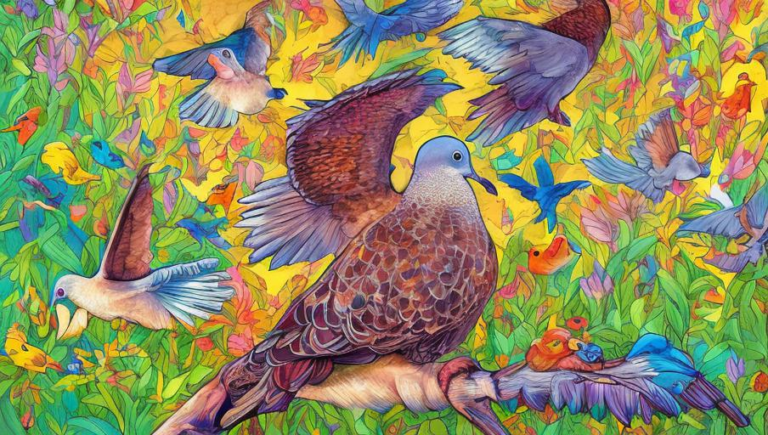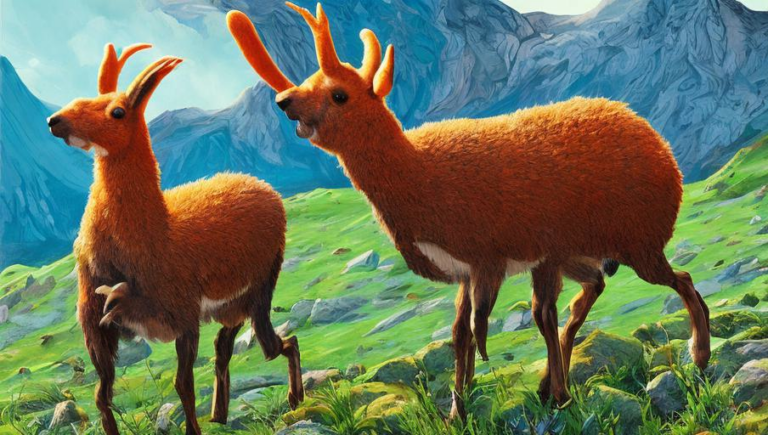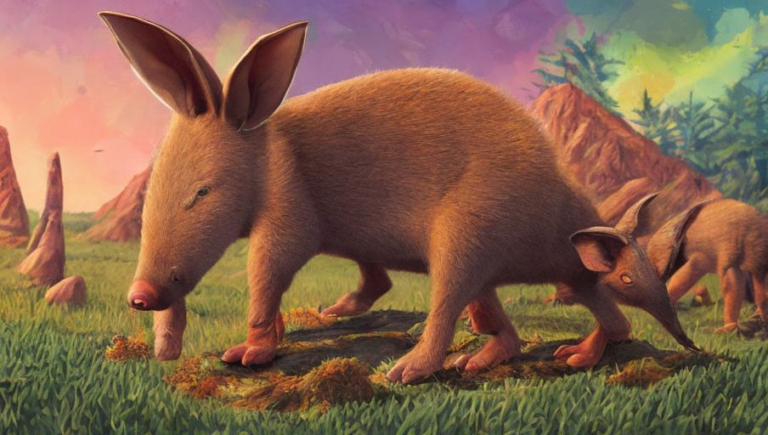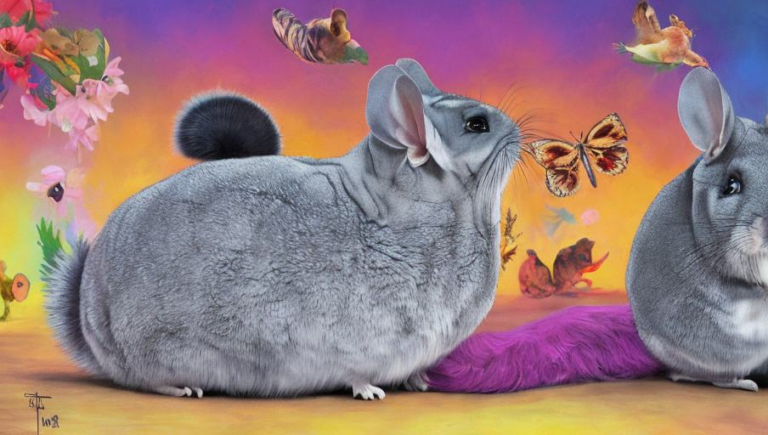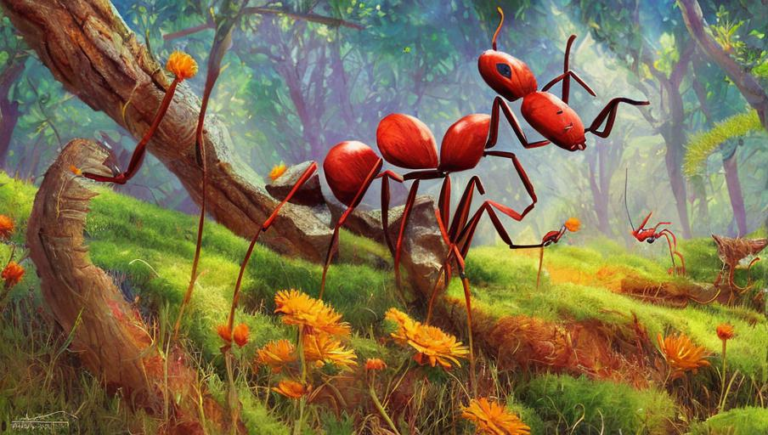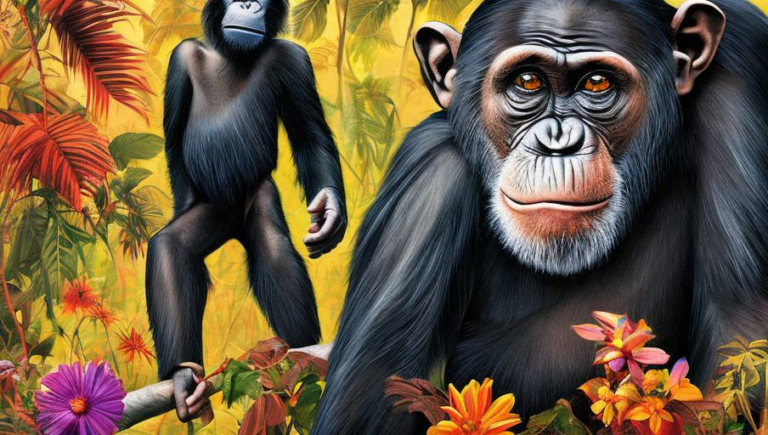Journey of the Butterfly
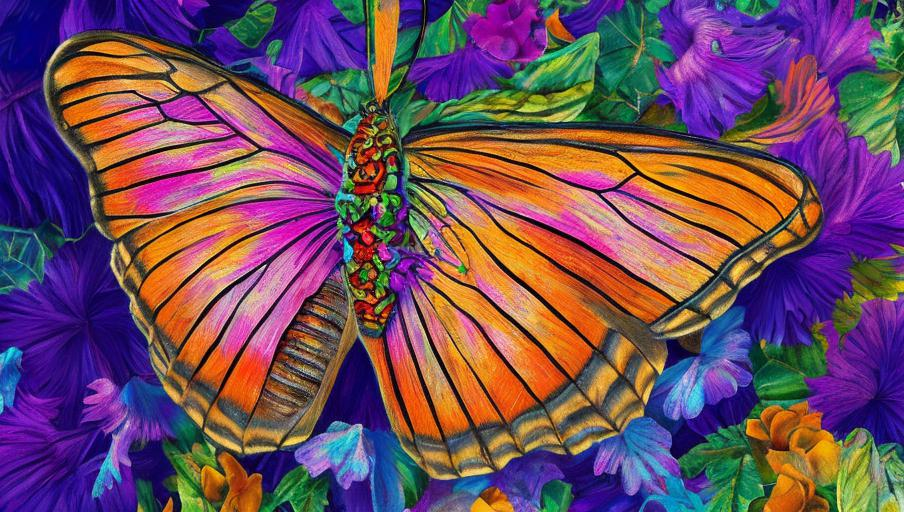
The Unique Life Cycle of the Butterfly
The butterfly is a beautiful creature that can be found in many different colors and sizes. The butterfly’s life cycle is unique, as it starts off as a caterpillar before it transitions into its adult form. Along the journey, the butterfly goes through four stages before reaching adulthood. The four stages are egg, larva, pupa, and adult.
Egg
The first stage of the butterfly’s life cycle is the egg. The female butterfly lays her eggs on the underside of leaves or on stems of plants. Depending on the species of butterfly, the eggs can be either round, cylindrical, or flat. These eggs are quite small and are usually only a few millimeters in length.
Larva
The eggs will then hatch into larvae, or caterpillars. Caterpillars are voracious eaters and can consume large amounts of leaves and other plant matter. Depending on the species and the environment, caterpillars can feed for anywhere from a few days to several weeks before transitioning into the next stage.
Pupa
The caterpillar then enters the pupal stage, or chrysalis. During this stage, the caterpillar wraps itself in a protective cocoon. Inside of the chrysalis, the caterpillar’s body undergoes a transformation. Its legs, antennae, and wings all develop, and it eventually emerges as an adult butterfly.
Adult
The adult butterfly is now ready to fly and reproduce. Depending on the species, the butterfly can live for anywhere from a few days to several months. During this time, it will search for food, mates, and shelter. The butterfly will then lay eggs, and the cycle will repeat itself.
Butterflies in the Ecosystem
Butterflies play an important role in the ecosystem. They are important pollinators, helping to spread pollen from one plant to another. Butterflies also provide food for other creatures, such as birds and spiders. In addition, they also provide food for humans, as some species of butterflies are edible. Finally, they also provide beauty and fascination, as they flutter around in the air.
Protecting Butterflies
Unfortunately, butterflies are threatened by a variety of environmental factors. Habitat destruction, climate change, and the use of pesticides are all contributing to the declining population of butterflies. To protect butterflies, it is important to protect their habitats and to limit the use of pesticides. Planting native plants and creating butterfly gardens can also help to provide them with food and shelter.
Conclusion
The butterfly is a fascinating creature, and its life cycle is truly unique. Butterflies play an important role in the ecosystem, and it is important to protect them. By creating butterfly gardens, limiting the use of pesticides, and protecting their habitats, we can ensure that these beautiful creatures continue to thrive for years to come.
